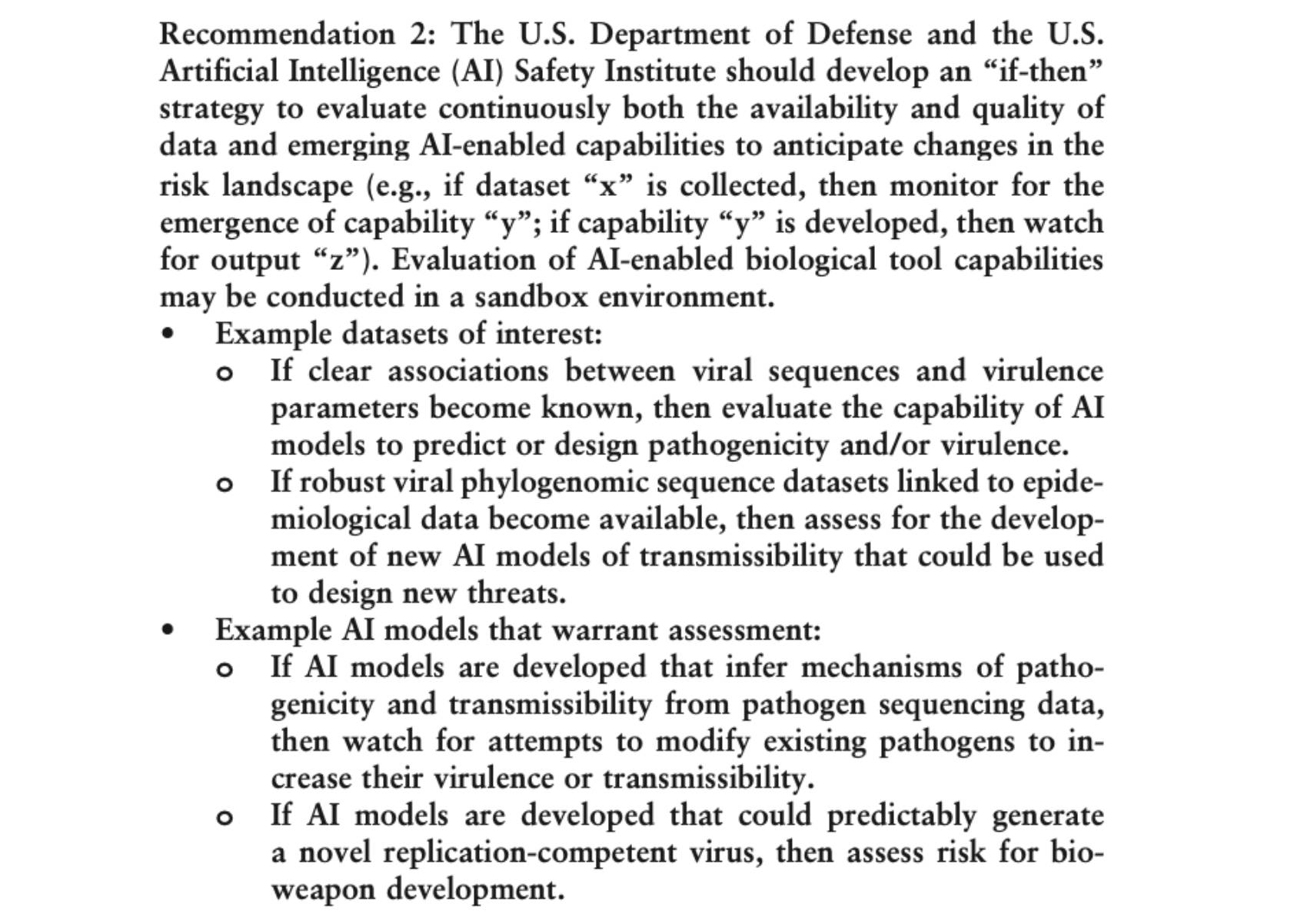
A Measured Approach to AI+Biosecurity: The "If-Then" Framework from the 2025 NASEM report, The Age of AI in the Life Sciences: Benefits and Biosecurity Considerations.

A Measured Approach to AI+Biosecurity: The "If-Then" Framework from the 2025 NASEM report, The Age of AI in the Life Sciences: Benefits and Biosecurity Considerations.

I'm not going to listen to opinions about AI from people who don't use AI.
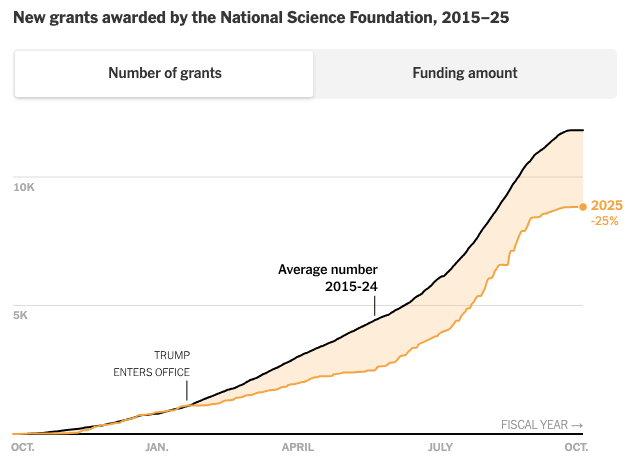
R updates (R Data Scientist, R+AI conference, RWeekly, rOpenSci), Posit open source investments, AI in academia, science, biology, and labor, science funding cuts, bedder bedtools, many new papers
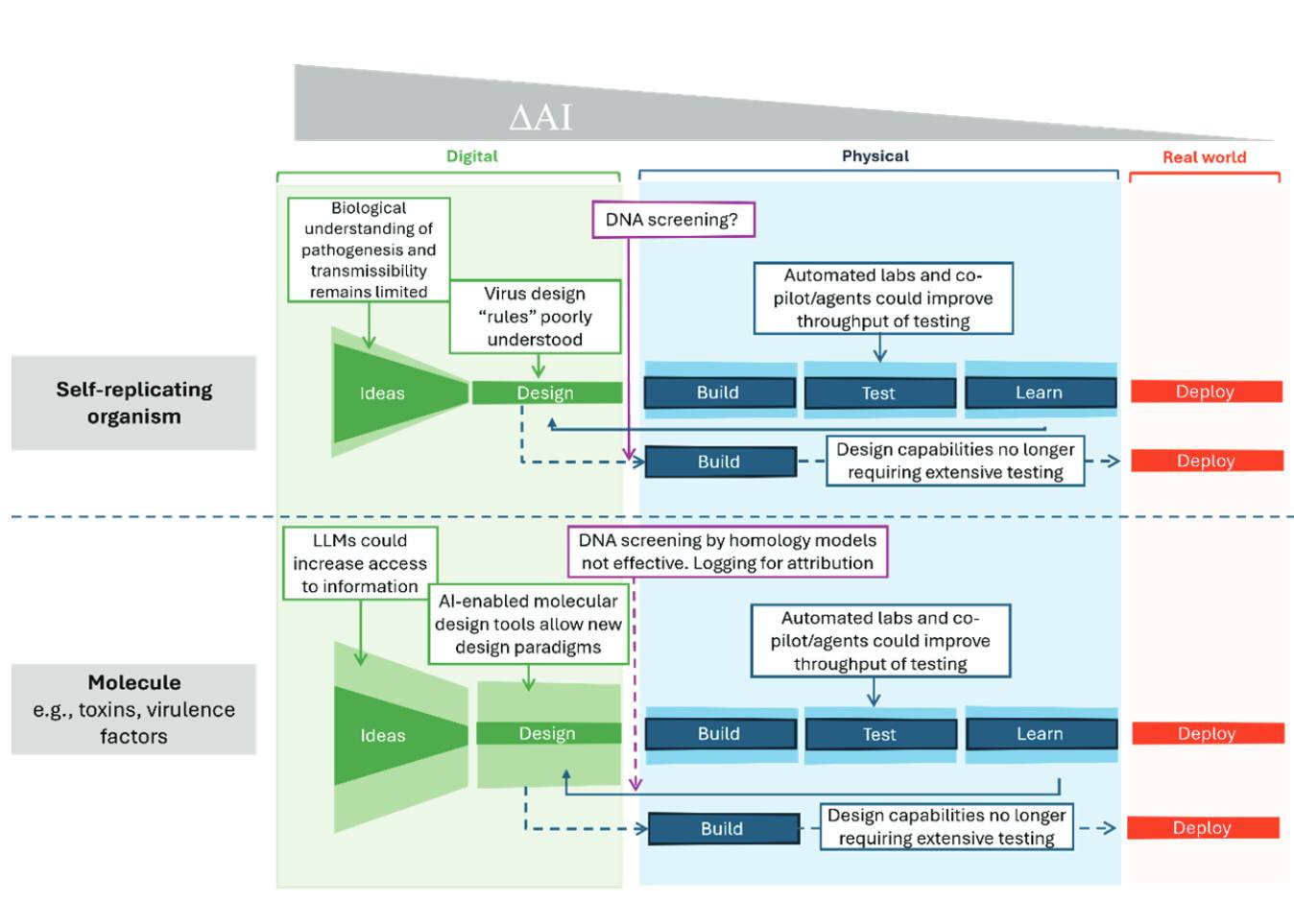
A new Consensus Study Report from the National Academies of Sciences, Engineering, and Medicine is now available: The Age of AI in the Life Sciences: Benefits and Biosecurity Considerations.
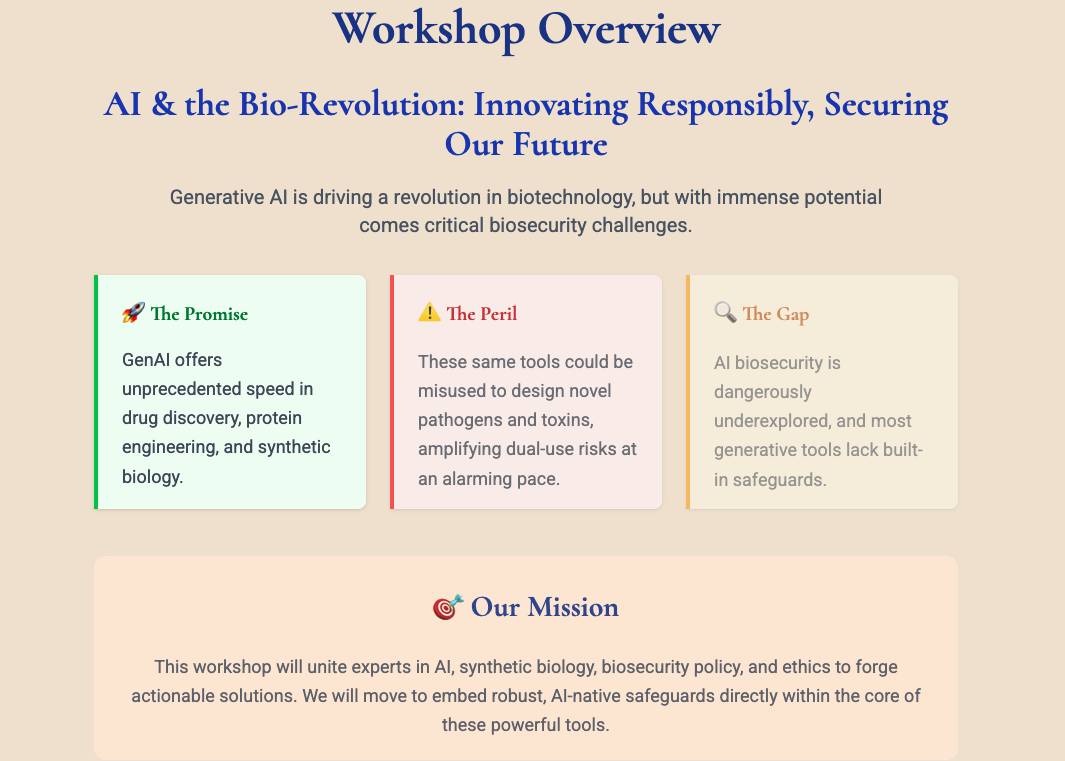
Accepted papers from the NeurIPS 2025 Workshop on Biosecurity Safeguards for Generative AI (BioSafe GenAI 2025)

R updates (R Data Scientist, R+AI conference, R weekly), Claude 4.5 Opus, Genesis Mission, AI+science, AI updates (Posit, AI Data Scientist), missing heritability, AI+edu, biotech, AIxBio, new papers
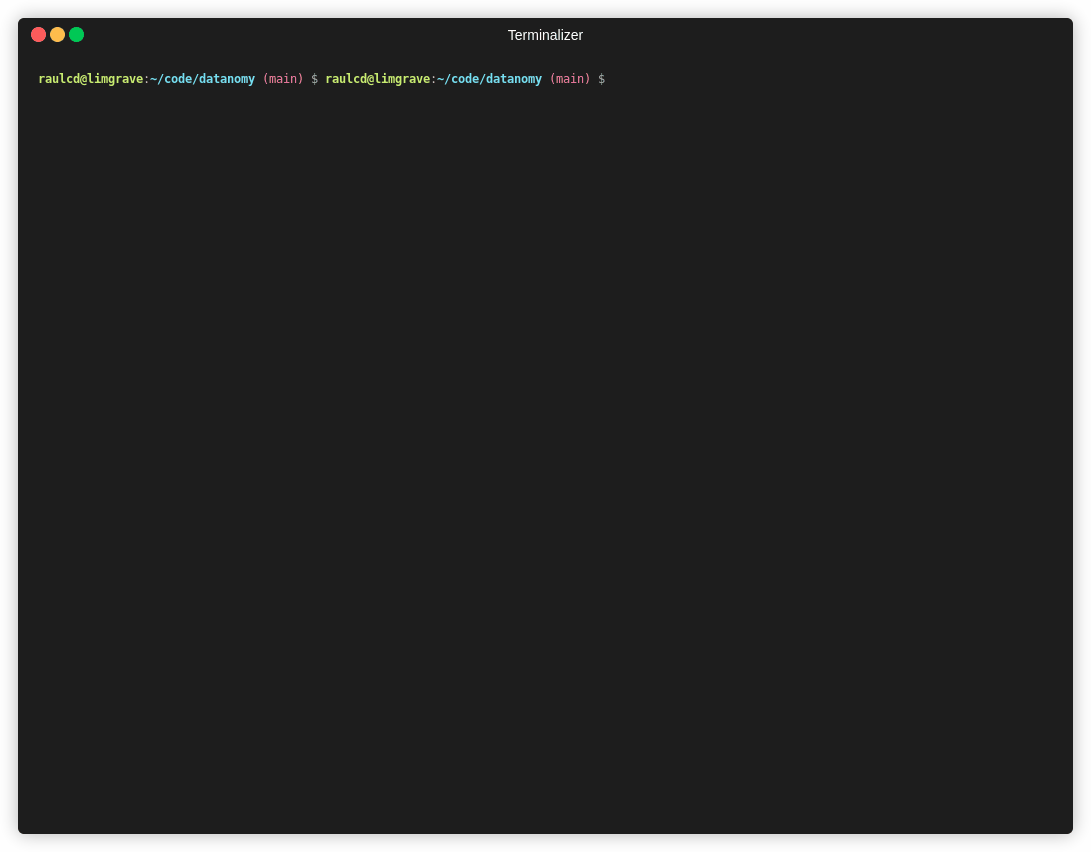
R updates (R Data Scientist, R weekly)
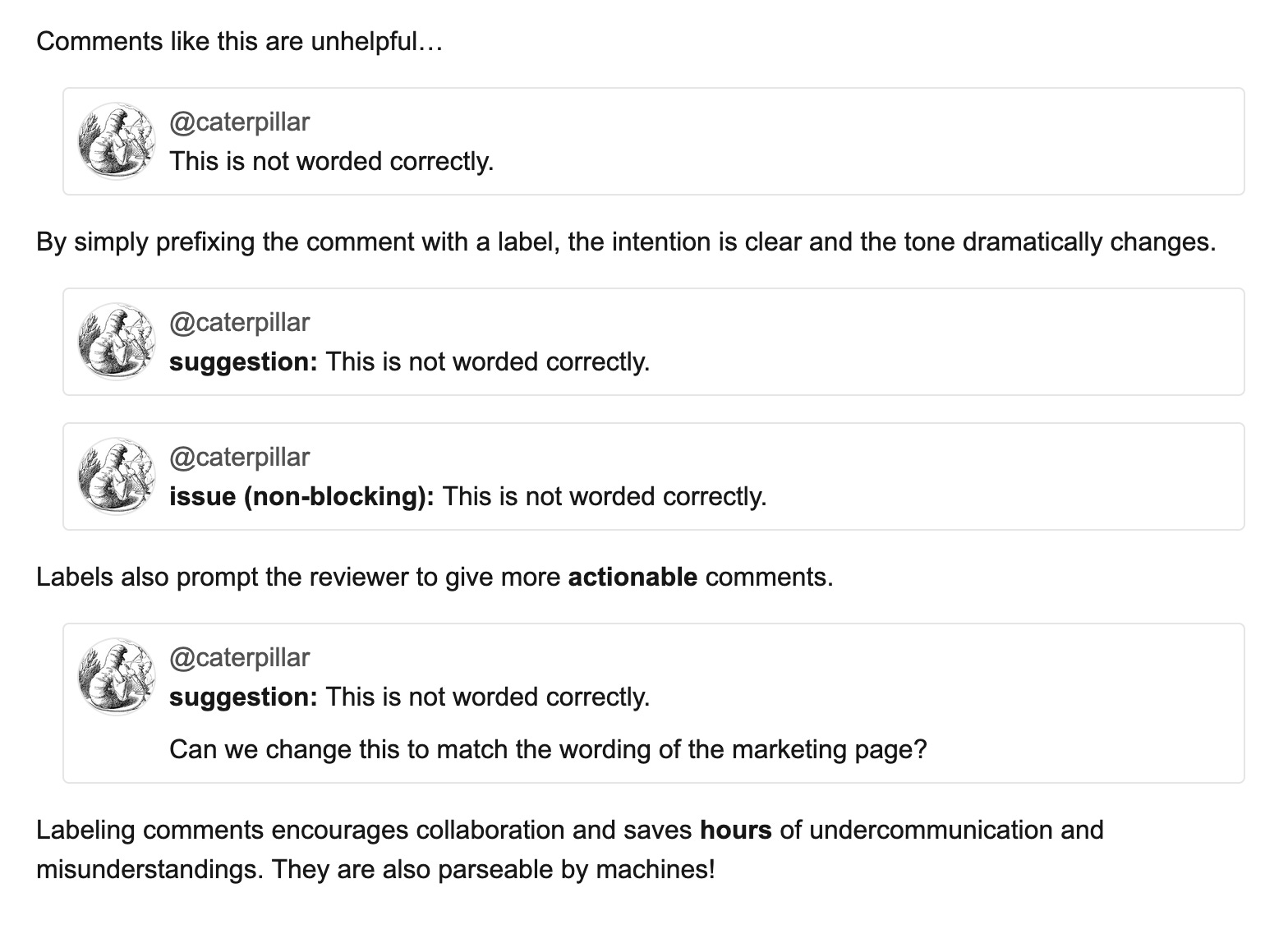
Conventional Comments provides a framework for offering clear and actionable feedback in peer review

All the talks from posit::conf(2025) and the 2025 Nextflow Summit are on Youtube. I embedded all the recordings into a single page for each: openRxiv (bioRxiv+medRxiv) launches a partnership with q.e.d. to enable automated AI reviews of preprints . R Weekly 2025-W46 : Writing your own ggplot2 geoms, reverse dependency check speedrun: a data.table case study, NYC election.

Last year’s Nextflow Summit was one of the best conferences I’ve been to in years. This year’s meeting was fully virtual, and all the recordings are now available on YouTube.